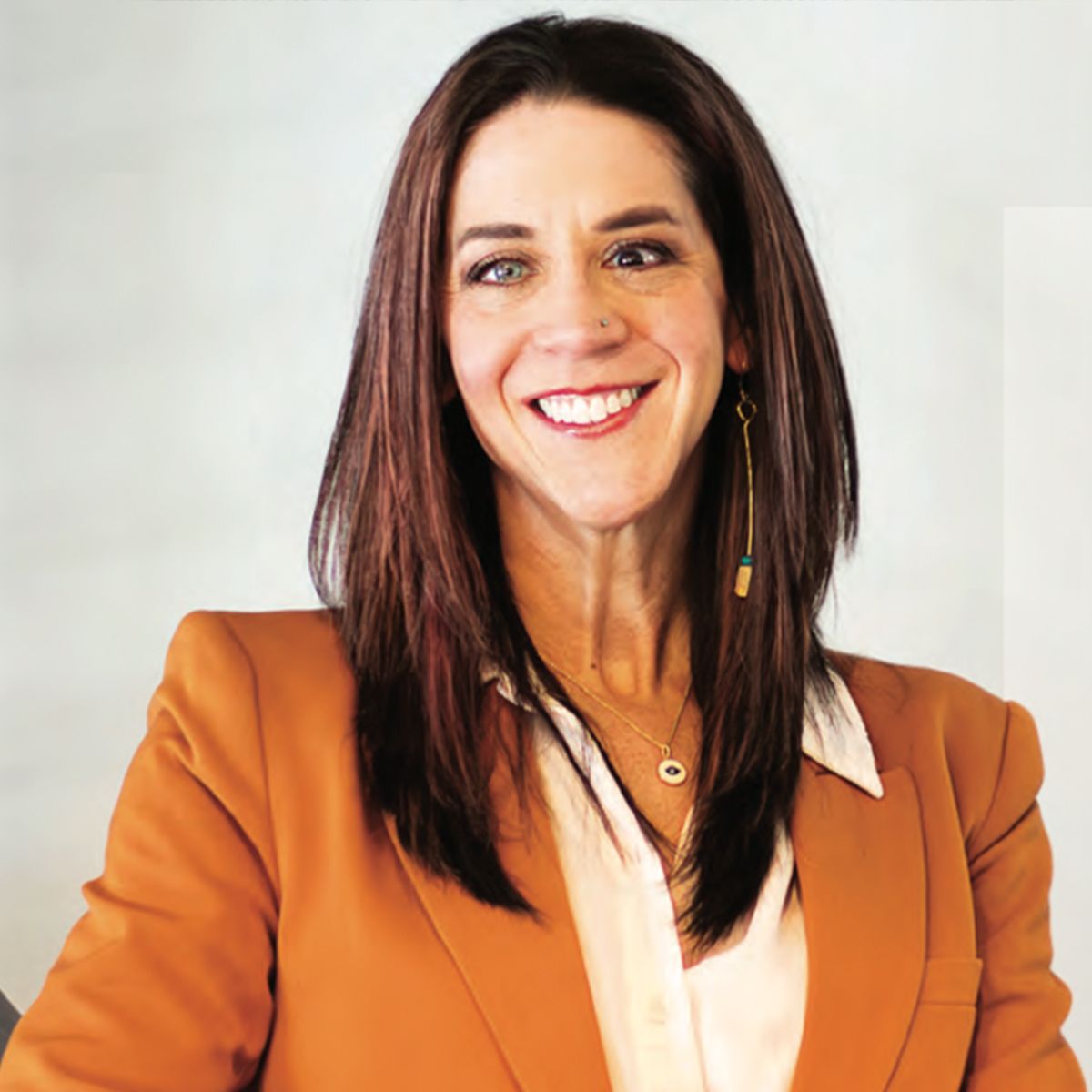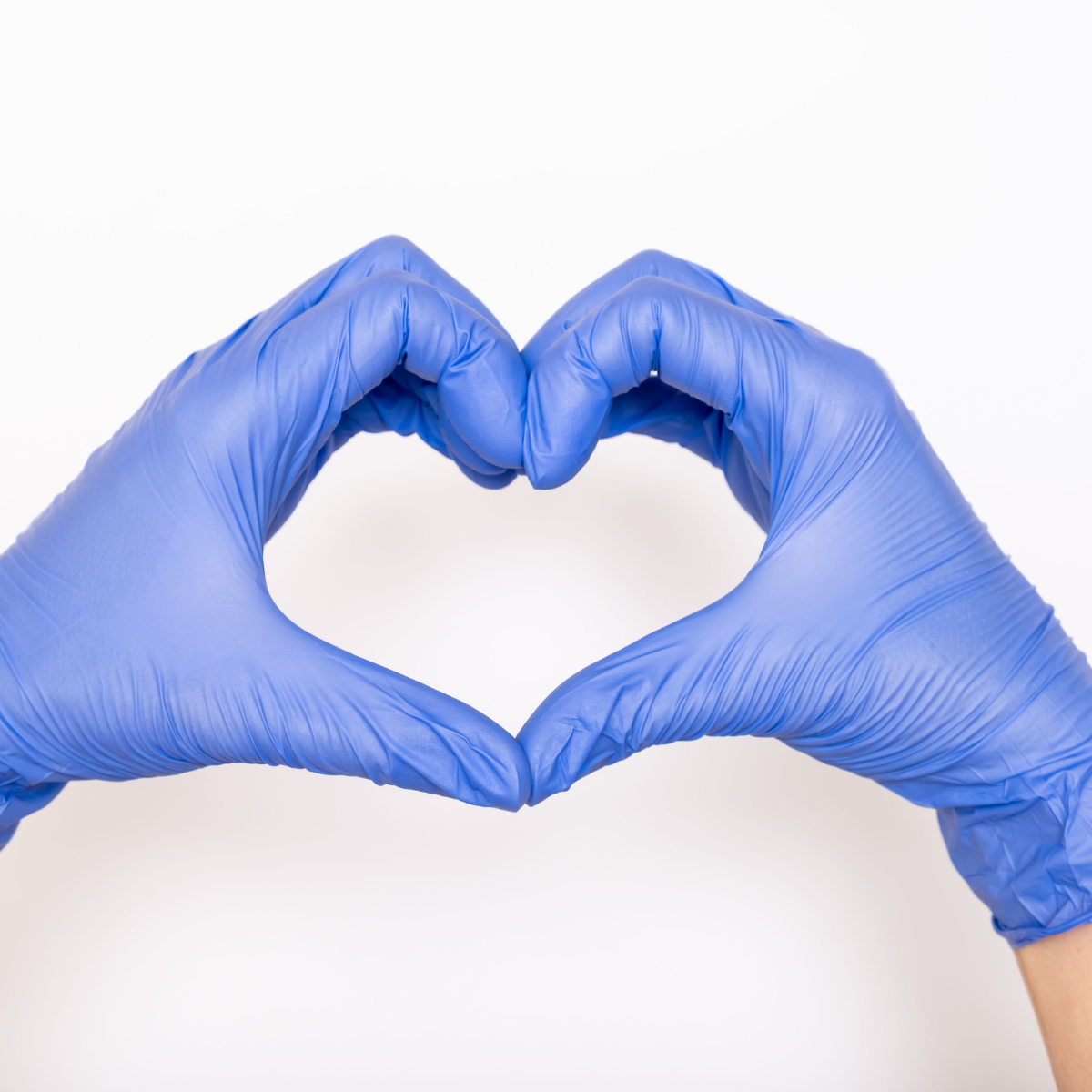Publication
Article
Heal
Letters
Letters from Readers.
“I look forward to receiving your magazine. Thank you so much for being there for cancer survivors.”
As the mother of a childhood cancer survivor, I too enjoy receiving your magazine. But I cannot remember ever finding an article that actually made me laugh! Thank you for including “Lower Extremities” in the last [Fall] issue. Also, thank you, Mr. Chastain, for actually finding some humor in something that was terrible for you and your wife.
Janie Archer | Griffin, Ga.
Jim Chastain’s article “Lower Extremities” was a hoot! I am a two-year sarcoma survivor and his article made me laugh in a way I haven’t laughed in the last two years. It was wonderful to enjoy a deep, long belly laugh. Thank you for including “tumor humor” in the magazine!
Holly Miles | Marysville, Wash.
I think Jim Chastain is a weenie! In the fall issue, he had a humorous essay, “Lower Extremities,” on the horrors of catheterization. Like him, I have soft-tissue sarcoma. Unlike him, I have to catheterize myself daily. A number of cancer survivors do this. I have catheterized myself on an LA freeway. I can catheterize with one hand in the dark. Putting in a catheter is not “one of the worst jobs in the world,” as he wrote. His essay was akin to someone writing about the misery and humiliation of being stuck in a wheelchair for a couple of days, and, wow, he is so glad that he doesn’t have to use it now.
Suzie Siegel | Tampa, Fla.
A heartfelt thank-you for your piece on treatment-related pain [“Help for Where it Hurts,” Fall issue]. To finally find a cancer article that actually mentions my post-surgery lymph node pain syndrome is truly miraculous! We who cope with this permanent neuropathic disorder (also known by its misnomer, post-mastectomy pain — more common in lumpectomy patients like me) are a completely ignored segment of the breast cancer community. We are usually cursed with lymphedema as well. In the past eight years since my adverse surgical reaction and despite my monumental efforts, I have only been able to network with five other fellow sufferers.
Barbara Rascati | Branford, Conn.
Thank you for your timely article, “Help for Where It Hurts.” Pain management works best and is most effective when it is understood within the framework and context of “total pain.” Although an understanding of pain may first begin with the physical component and pharmacologic interventions, it should never be limited only to this aspect. Pain may be experienced by the person in a multitude of ways: physically, emotionally, socially, and spiritually. An assessment therefore of a person’s pain must always be governed by this multidimensional approach or, as your article indicated, a “biopsychosocial model.” As professionals, we need to be vigilant in understanding our patients’ pain through the lens of their experience rather than solely through the prism of our own values, belief system, and knowledge base. Only when the helping professions keep in mind that pain is real and is what the person says it is will patients receive the quality pain management that is their basic human right.
Glenn Meuche, MSW, MA | Pain Services Program Coordinator | CancerCare of New Jersey | Ridgewood, N.J.
I am currently under treatment for breast cancer, which metastasized to my bones in 2003. I have been under treatment with various chemo regimens since that time. I received the premiere issue of Heal magazine and, while it is a welcome addition to the information about cancer and survival, I found myself feeling increasingly left out of the discussion. There are thousands of cancer patients like me who will never be “cured” or “healed” or be “living well after cancer” (your magazine subtitle) in the complete sense of those words. We will most likely always be under some type of treatment for the rest of our lives. Please remember that we exist and would eagerly read information about dealing with ongoing, long-term treatment while at the same time maintaining hope and life activities.
Ruthann Evans | Fresno, Calif.
Editor’s Note: The evolution of cancer from an acute disease to a chronic disease, as highlighted in the cover story of our premiere issue, will be an ongoing part of Heal.
I am a two-year survivor of non-Hodgkin’s lymphoma. I too was told that I would probably go through early menopause. It didn’t upset me much because I already had three boys, ages 6, 2 and 6 months — and I was 31 years old. I started my therapy, and one week later became pregnant. I was shocked, scared for my health and the baby’s. Nine months later I delivered a beautiful baby girl who is now a year old and perfectly healthy. I too look at life differently and live passionately [“Take and Give,” Fall 2007]. I also treasure every moment I spend with my kids. I now see myself as a picture of hope for others who are going and have gone through the same trials as me.
Jeanne Prudhomme | Lawtell, La.
I wanted to share my latest “Godwink” with you ... you know those little coincidences that really aren’t coincidences at all. I was at the hospital waiting for an elevator. I noticed there was only one copy of Heal left in the stand, so I quickly snatched it up and tucked it in my bag to read later. When I was finally able to thumb through it, I opened it exactly where I should have ... right at your very moving tribute to Karen and the other original members of the Engaging the Spirit group ["Lessons in Spirt," Fall issue]. Of course I cried, remembering how we all nurtured each other through some of our darkest days. I realized that even though some of us are no longer visibly with us, they are still here to nurture our spirits and bring comfort. Thank you for writing the article that caused such a special Godwink for me. Sometimes I need those subtle reminders that I am not in this journey alone.
Paula Doyle | Dallas
Our cover story in the premiere issue of Heal told you about Erin Zammett Ruddy, diagnosed with chronic myelogenous leukemia at age 23 in 2001. After five years on the drug Gleevec, which had moved her cancer to the undetectable range, Erin and her husband, Nick, wanted a child. The decision meant she would stop taking the drug for a year while trying to conceive and during pregnancy. Ruddy learned she was pregnant in December 2006 and gave birth to Alexander James Ruddy on Sept. 2. Her cancer has remained in the undetectable range throughout her pregnancy and breastfeeding. She resumed the drug in October. For more photos and updates go to Ruddy’s blog at www.glamour.com/lifestyle/blogs/editor.
Kathy LaTour | editor-at-large






